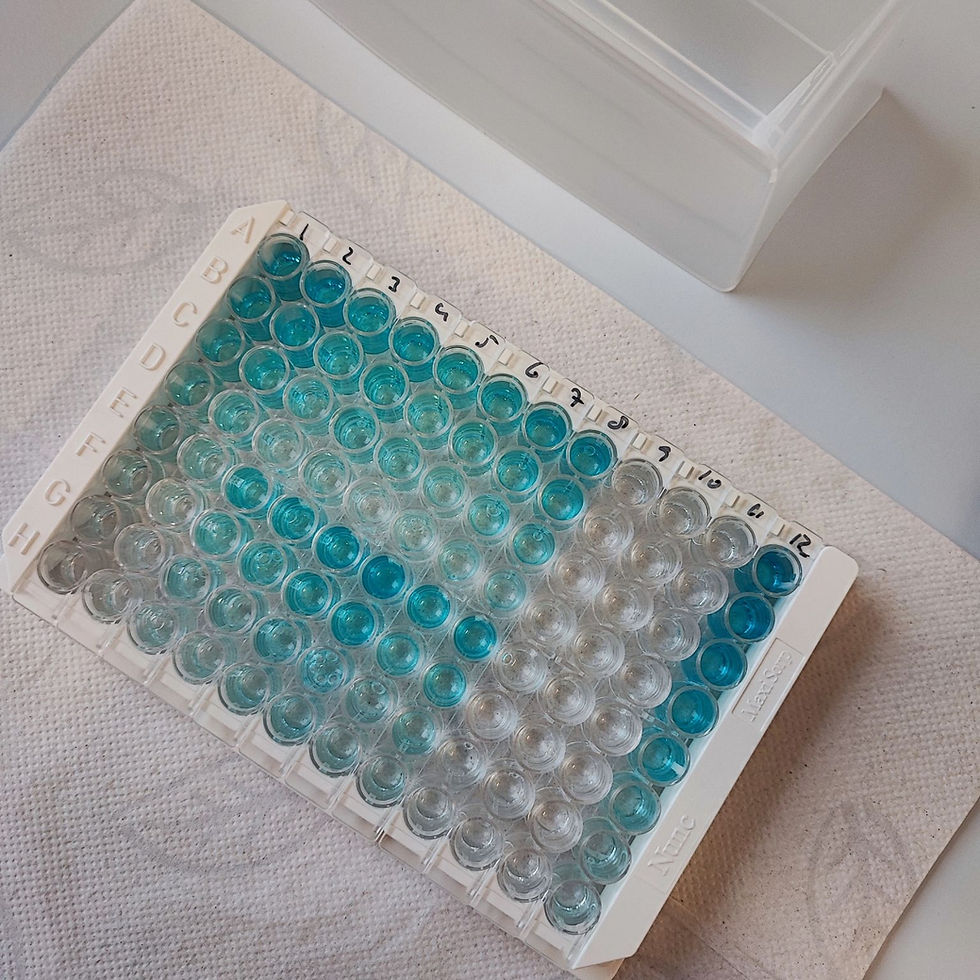New Insights into Factor H-Related Proteins (FHR): Why Ratios Matter! 🔬✨
- dianapauly
- Jul 4
- 1 min read
Join Bert R. J. Veuskens, Mieke C. Brouwer, Richard Pouw, and their research team as they unravel exciting findings about Factor H-related proteins FHR-1 and FHR-2, whose composition can significantly influence our immune system.
👉 Why Do FHR Dimers Matter?
Factor H-related proteins FHR-1 and FHR-2 form pairs (known as "dimers"): either identical (FHR-1/1, FHR-2/2) or mixed (FHR-1/2). These dimers play a critical role in regulating our immune system’s complement system. Imbalances in these pairs could lead to diseases like age-related macular degeneration (AMD) and kidney disorders (such as C3 glomerulopathy).
👉 What Was Investigated?
Researchers developed new antibodies allowing—for the first time—direct measurement of FHR-2 homodimers. They used this novel assay to accurately quantify all types of FHR-1 and FHR-2 dimers in a large group of healthy people. They further explored stability, dynamics, and how genetic variants influence dimer composition.
👉 Key Findings & Impact:
FHR dimers rapidly form and dynamically reach an equilibrium.
The equilibrium depends significantly on FHR-2, which naturally occurs at lower levels compared to its dimerization partner, FHR-1.
Genetic variations directly influence the types and amounts of dimers formed.
✨ Why Is This Important?
These insights deepen our understanding of how the immune system is regulated through FHR proteins, opening new paths for diagnosis and targeted treatment of immune-related diseases like AMD or kidney disorders.
🌟 Conclusion:
A crucial step toward personalized diagnostics and therapies based on individual FHR-dimer profiles.


Comments